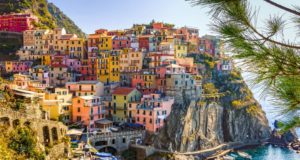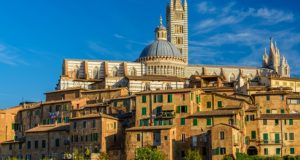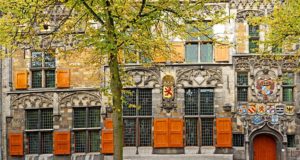The Setúbalbusiest angling port, Olhão is about the sea, and the absolute best fish eateries in the area are on Avenida da República, the town’s energetic lane. Another purpose behind paying Olhão a call is to peruse its mind blowing harbor front market – the greatest and most enlivened on the drift.
Castelo de São Filipe
Ruling the horizon high above Setúbal is the town’s château. The stronghold was worked in 1595 on the requests of Philip II of Spain and pursues a star-formed plan initially drawn up by Italian military architect Filippo Terzi. Planner Leonardo Torriana, additionally from Italy, ensured everything fitted into place.
Reserva Natural do Estuário do Sado
Ornithologists run to the Sado Estuary Natural Reserve. The 23-hectare untamed life stop is home to an amazing assortment of feathered creature species; around 220 have so far been recorded in regions of vast water, the shallow tidal ponds, reed-beds, and over the mud pads.
Museu de Arqueologia e Etnografia
This unassuming historical center is enthusiastic about archaic exploration, and is likewise noted for its vivacious accumulation of ethnography. The changeless presentation ventures far once again into ancient times, with basic stone instruments from the Paleolithic time frame among the most punctual things on show. More perceptible are the Bronze Age pots and Roman coins.
Igreja de Jesus
Admirers of Manueline architecture will be smitten by the filigree masonry that decorates this church. The monastery, which stands forlornly to the north of the old town, is one of the first buildings in Portugal built in the Manueline style – the Portuguese version of Late Gothic that flourished in the 16th century during the reign of Manuel I.
Castelo de Palmela
The Moors shielded it with unnerving fierceness before Christian powers in the long run vanquished it, and the château at Palmela is still fit as a fiddle since threats finished in the twelfth century. Deliberately situated over this curious hilltown, the post experienced a facelift in 1423 when King João I extended and reinforced the dividers and afterward changed a significant part of the working into a cloister.
Courtesy:
lifecooler.com
dieters-seite.de
www.tintazul.com.pt
juazeiro.ce.gov.br
 TRAVEL PLACES 24X7 Plan your Holidays and Vacation any time
TRAVEL PLACES 24X7 Plan your Holidays and Vacation any time








